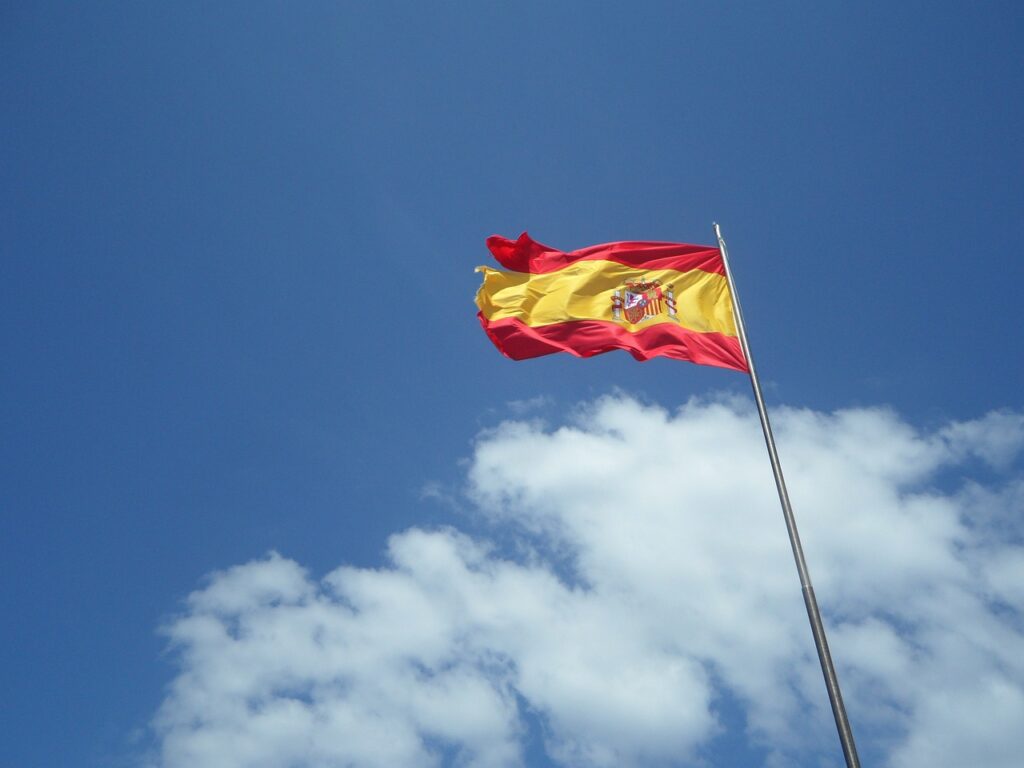Masdar, a global renewable energy leader, and VERBUND Green Hydrogen GmbH inked a deal at the UN’s Climate Change Conference COP28 in Dubai, that could reshape Europe’s renewable landscape.
The collaboration aims to explore the feasibility of constructing one of Europe’s largest green hydrogen production plants in central Spain, presenting a crucial step toward decarbonizing hard-to-abate sectors across the continent.
Green hydrogen, produced through electrolysis using electricity from renewable sources, stands as a sustainable solution to replace traditional ‘gray’ hydrogen derived from fossil fuels. Masdar and VERBUND’s envisioned plant in the Castilla-La Mancha region will utilize abundant solar and wind resources, potentially including Masdar’s planned gigawatt-scale solar plant. The plant’s green hydrogen output could displace up to 1 million tonnes of carbon emissions annually, equivalent to removing approximately 700,000 cars from the road each year.
The proposed green hydrogen plant aims to harness the energy from solar power plants and onshore wind farms. Leveraging Masdar’s extensive experience in renewable energy projects, including the planned gigawatt-scale solar plant in Castilla-La Mancha, the initiative aligns with the broader goal of promoting sustainable practices while creating economic opportunities in the region.
The agreement, signed by Mohammad Abdelqader El Ramahi, Masdar’s Chief Green Hydrogen Officer, and Hamead Ahrary, Managing Director of VERBUND Green Hydrogen GmbH, solidifies their commitment to exploring green hydrogen opportunities. As one of Europe’s largest planned green hydrogen production plants, the initiative not only strives to decarbonize industries but also aims to stimulate job creation in sparsely populated areas.
Europe’s appetite for green hydrogen is on the rise. Spain, currently consuming around 500,000 tonnes of ‘gray’ hydrogen annually, presents a substantial market that could transition to greener alternatives. By 2035, Austria alone is expected to require approximately 600,000 tonnes per year of clean hydrogen. This project positions itself strategically to meet this growing demand, potentially revolutionizing the hydrogen market in Europe.
The green hydrogen produced by the planned plant is earmarked for decarbonizing challenging sectors such as steel production, fertilizers, chemicals, heavy transportation, and aviation. With the European Union nations committed to achieving carbon neutrality by 2050, green hydrogen emerges as a potent tool to facilitate this ambitious transition. Notably, steelmaking alone accounts for 5 percent of European carbon emissions.
Anticipated to be operational by the end of the decade, the green hydrogen plant signifies a substantial stride toward achieving regional decarbonization goals. Besides catering to industrial needs, the plant holds the potential to play a pivotal role in decarbonizing heavy transportation in Spain and central Europe.





